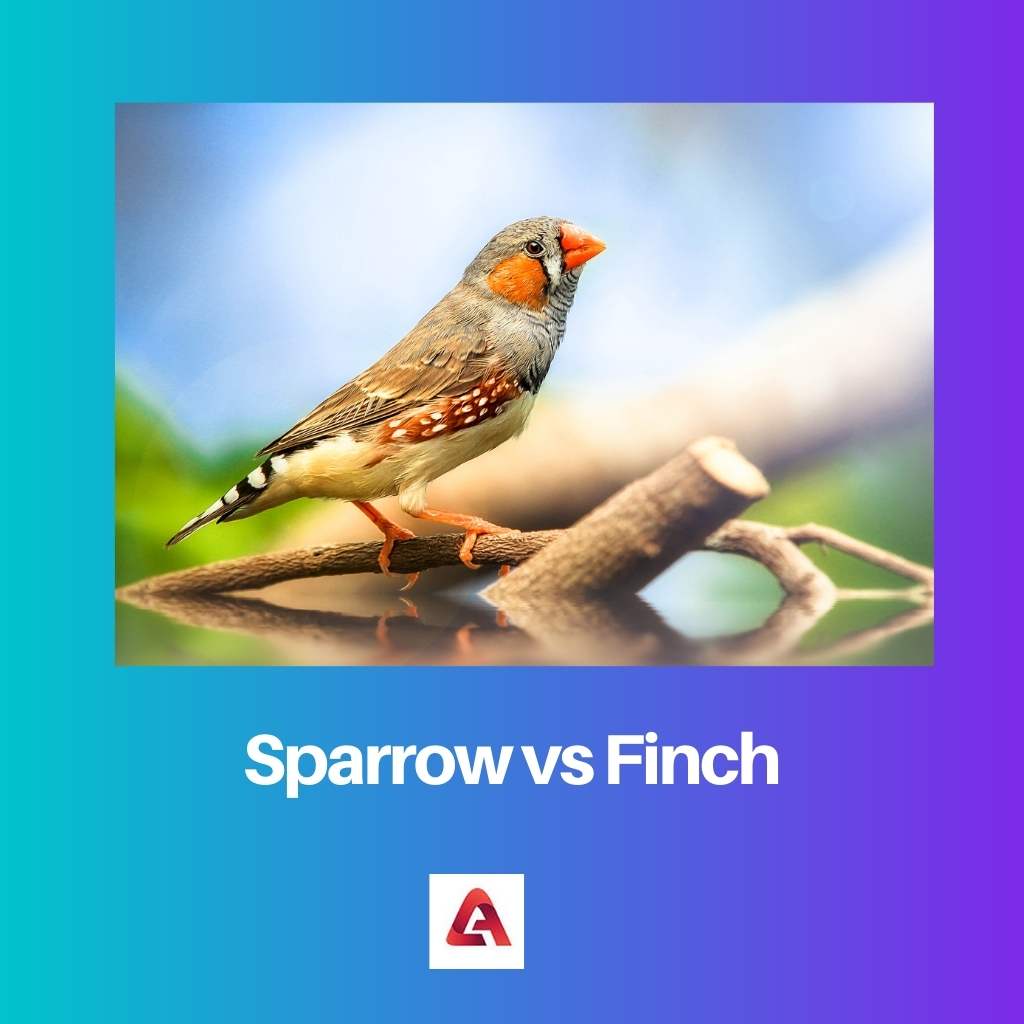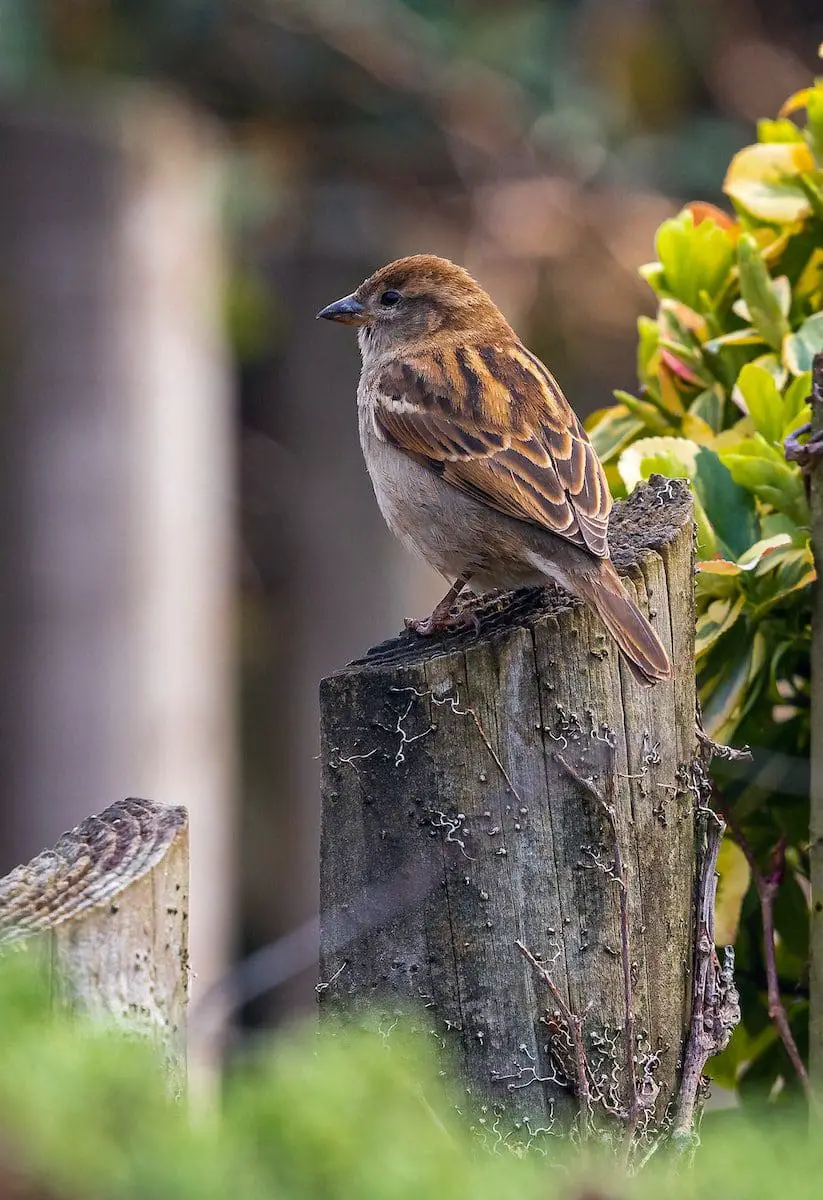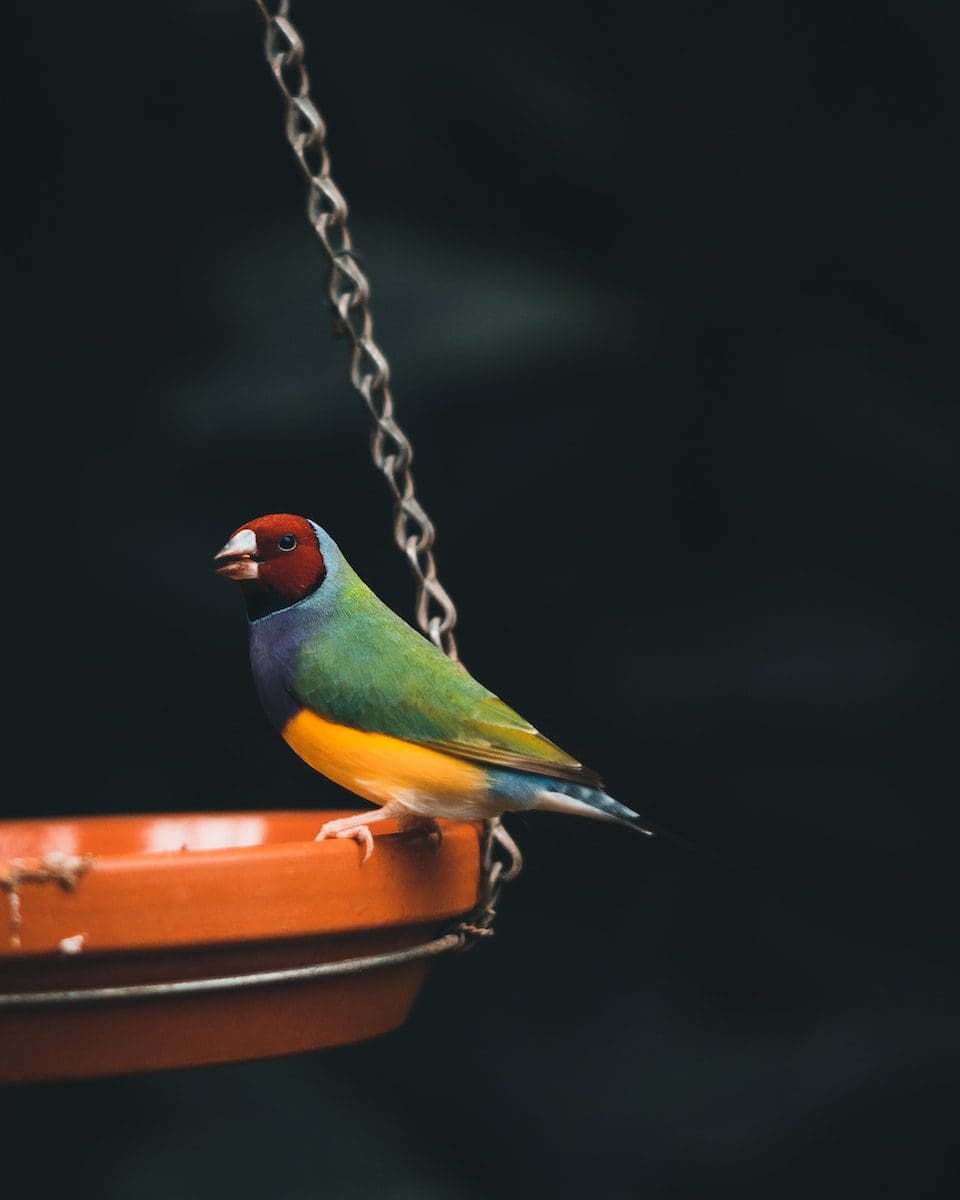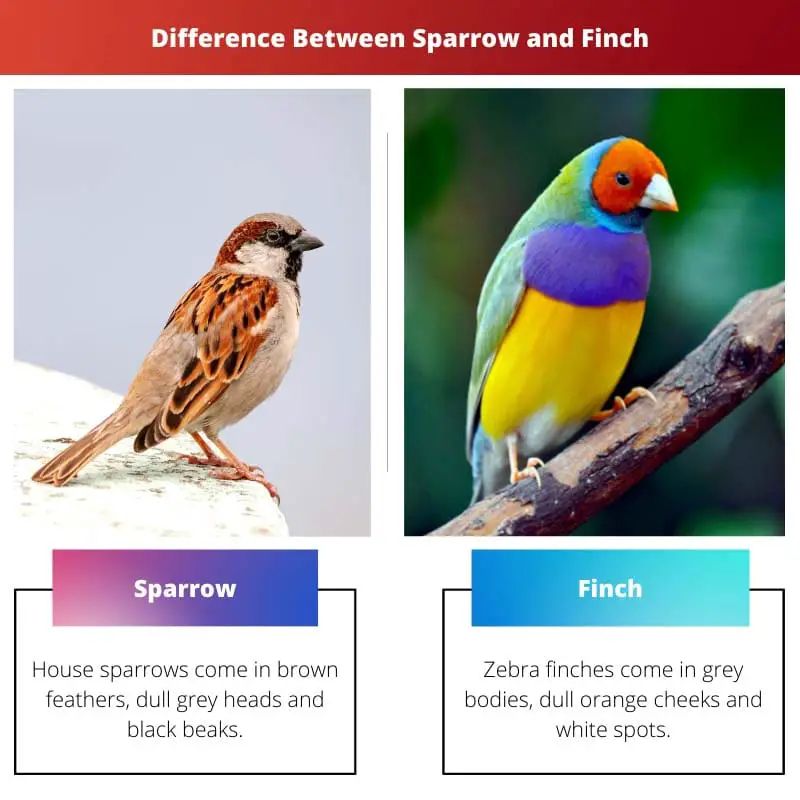Finches and Sparrows are some of the very small species of birds. It is very difficult to differentiate them as they are similar in appearance. It is very difficult to differentiate them.
Key Takeaways
- Sparrows belong to the Passeridae family, while finches are part of the Fringillidae family.
- Sparrows have thicker, cone-shaped bills, while finches have more slender, pointed beaks.
- Both sparrows and finches are small, seed-eating birds with a diverse range of colors and patterns.
Sparrow vs Finch
A sparrow is a small, passerine bird. They are widespread and found all over the world and are small, plump birds with short, stout bills and are brown or grey in color. Finches are small, with short, stout bills that are adapted for cracking open seeds. They come in a variety of colors.

One can witness sparrows regularly outside their households. Sparrows are small birds (Larger when compared with Finches). They have fat and long beaks that help them to drink the nectar from a flower.
Finches are one of the very small birds of the bird species. They have sharp and small pointed beaks. Their tail length is also short.
Comparison Table
| Parameters of Comparison | Sparrow | Finch |
|---|---|---|
| Details | Sparrow belongs to the Emberizidae. | Finches belong to the Fringillidae. |
| Colours | House sparrows come in brown feathers, dull grey heads and black beaks. | Zebra finches come in grey bodies, dull orange cheeks and white spots. |
| Appearance | They are a bit large and have slightly bulky beaks. | Their body is very small with pointed beaks. |
| Choice of food | House sparrow consumes seeds and grains. | Finches also consume grains and pellets. |
| Other information | March 20 is recognized as World sparrow day. | Finches tend to socialize with their own species. |
What is Sparrow?
Sparrows belong to the family of Emberizidae. They largely feed on the seeds of plants, grains, and even household foods such as bread.
One of the most important roles of sparrows is that they keep the balance of the environment in check. Some may consider house sparrows as a nuisance as they easily get inside the nook and corners of the house.
The male sparrows are bright in colour, while females tend to have a dark brown and grey colour all over their bodies. Their voice can be described as a mild and soft chirping tone.

What is Finch?
Finches are one of the smallest bird species. They have small and sharp beaks, which help them to eat their food or drink the nectar of the flower.
The zebra finches come in a mix of colours such as light grey feathers, white spots on the sides of the feather, cone-like bright orange beak, and white and black underbody.
They do not socialize with humans, but they are friendly with their own species, so it makes them very hard to train. Finches feed on certain kinds of grains, seeds of plants, pellets, fruits, and vegetables.

Main Differences Between Sparrow and Finch
- Sparrows consume a variety of food that includes bread, seeds, and grains, whereas Finches also consume seeds and pellets.
- Finches are socializing birds; they tend to be friendly with their own species. March 20 is recognized as World Sparrow Day.




